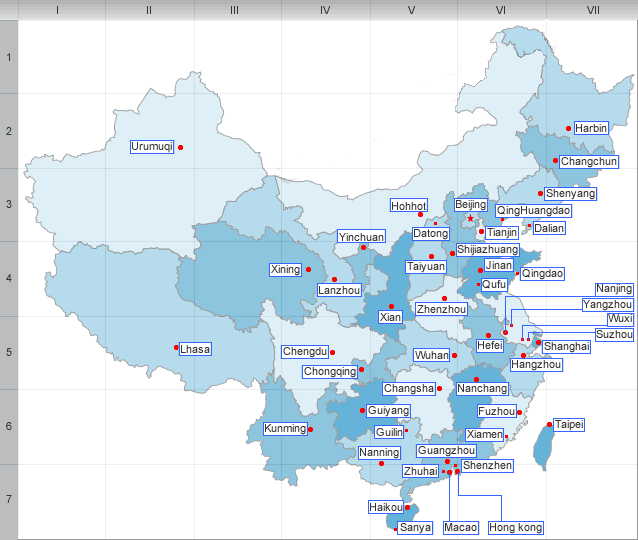Geography and climate of Henan
Geography and climate
Henan borders Hebei to the north, Shandong to the northeast, Anhui to the southeast, Hubei to the south, Shaanxi to the west, and Shanxi to the northwest.
Henan is flat in the east and mountainous in the west and extreme south. The eastern and central parts of the province form part of the North China Plain. To the northwest the Taihang Mountains intrude partially into Henan’s borders; to the west the Qinling Mountains enter Henan from the west and end about halfway across Henan, with branches (such as the Funiu Mountains) extending northwards and southwards. To the far south, the Dabie Mountains separate Henan from neighbouring Hubei province.
The Yellow River passes through northern Henan. It enters from the northwest, via the Sanmenxia Reservoir. After it passes Luoyang, the Yellow River is raised via natural sedimentation and artificial construction onto a levee, higher than the surrounding land. From here onwards, the Yellow River divides the Hai He watershed to the north and the Huai He watershed to the south. The Huai He itself originates in southern Henan. The southwestern corner of Henan, around Nanyang, is part of the drainage basin of the Han Shui River across the border in Hubei.
There are many reservoirs in Henan. Major ones include the Danjiangkou Reservoir on the border with Hubei, the Sanmenxia Reservoir, the Suyahu Reservoir, the Baiguishan Reservoir, the Nanwan Reservoir, and the Banqiao Reservoir.
Henan has a temperate continental climate, with most rainfall in summer. Temperatures average about 0°C (32℉)in January, and 27 to 28°C(81 to 82℉) in July.
| PREV:History and culture of Henan | Next:Administrative divisions of Henan |



